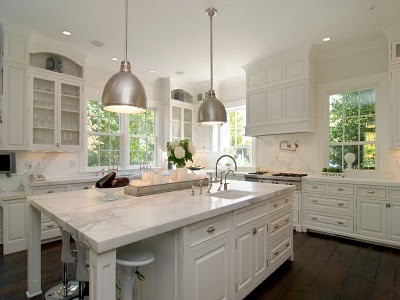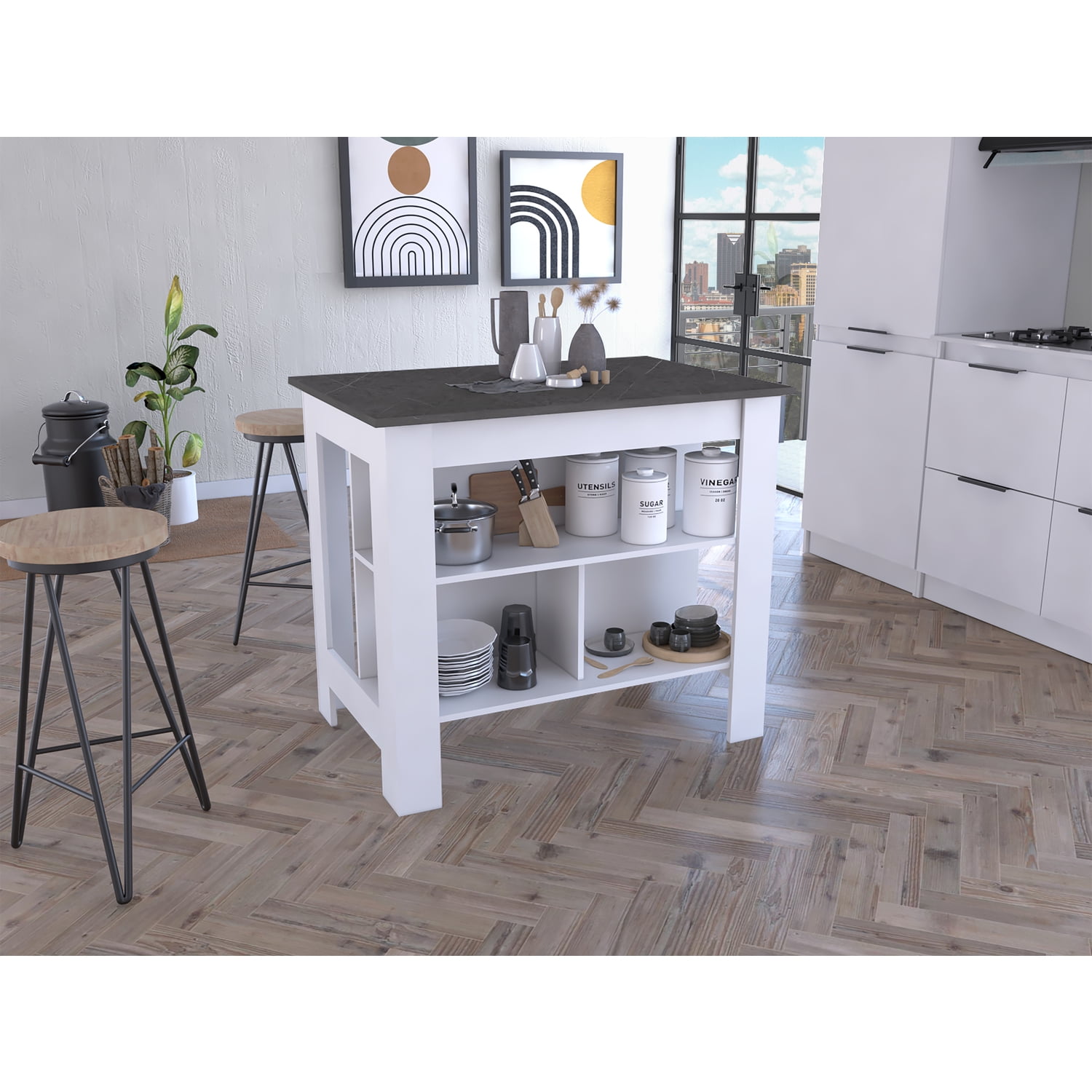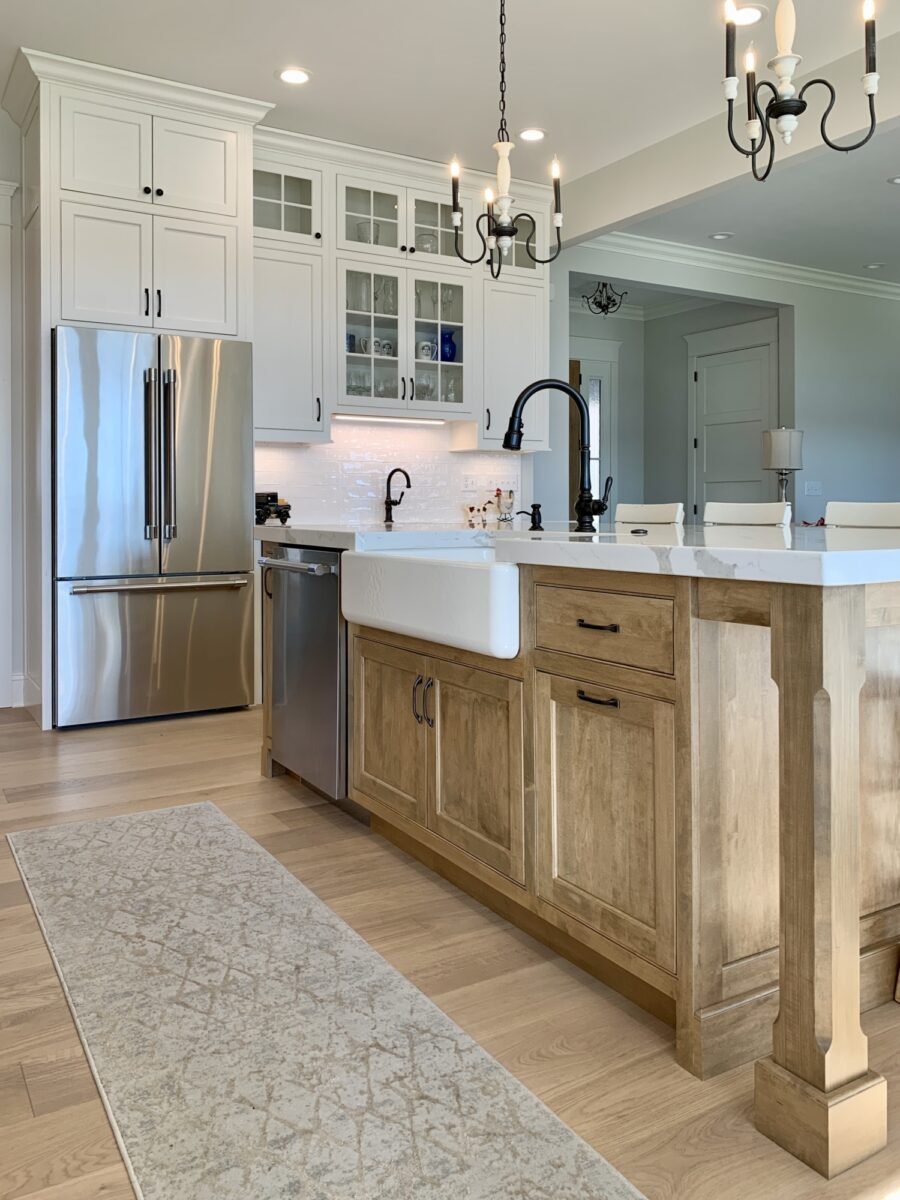Sturdy and Elegant Options for High-Quality Legs For Kitchen Island
Sturdy and Elegant Options for High-Quality Legs For Kitchen Island
Blog Article
Necessary Aspects to Take Into Consideration When Selecting Legs For Kitchen Area Island
Selecting the suitable legs for a kitchen island entails a careful assessment of several variables that can significantly affect both functionality and aesthetic charm. As we check out these components, it ends up being clear that each choice can have significant implications for the overall cooking area experience.
Product Options
When selecting legs for a kitchen island, understanding the different product alternatives is essential for achieving both visual charm and architectural stability (Legs For Kitchen Island). The option of product considerably affects not just the longevity of the island however also its overall design and functionality
Timber is a preferred choice, using heat and adaptability. Solid hardwoods, such as oak or maple, offer stamina and can be discolored or painted to match the cooking area style. Metal legs, usually made from stainless-steel or wrought iron, add a industrial and modern feel while ensuring longevity and security. These products are resistant to use and can support considerable weight, making them excellent for larger islands.
One more alternative is engineered products, like MDF or plywood, which can be extra cost-effective while still providing a variety of coatings. Nonetheless, they might not give the very same degree of security as solid wood or steel. Lastly, products such as acrylic or glass can produce a modern appearance, though they might require additional assistance to make sure stability.
Inevitably, the option of material for kitchen island legs must straighten with the preferred capability and the total theme of the kitchen area.
Design and Design

When considering design, the shape and coating of the legs are crucial. Conical legs can give a sense of agility and style, while thicker, extra robust legs can share toughness and security. In addition, the finish-- be it repainted, tarnished, or all-natural-- need to complement the cabinets and counter top materials to produce a unified look.
Furthermore, the layout of the legs can additionally show individual taste. Custom-made or ornamental legs, such as those including detailed makings or unique geometric shapes, can function as prime focus, adding personality and individuality to the kitchen area. Ultimately, the appropriate selection will not only boost functionality yet additionally raise the aesthetic allure, making the cooking area island a standout function of the home.
Elevation Factors To Consider
Choosing the appropriate elevation for kitchen island legs is critical, as it directly affects both functionality and convenience. The common elevation for a cooking area island typically ranges from 36 to 42 inches, aligning with usual counter top elevations. A 36-inch elevation is suitable for food prep work and cooking, permitting comfy usage of cooking area home appliances and devices. Alternatively, a height of 42 inches is usually liked for islands planned for bar seats, accommodating taller feceses and providing a laid-back dining experience.

It is likewise important to represent users' preferences and heights. Customizing the height can make certain a comfy experience for all relative, making the kitchen area island an extra functional and satisfying space.
Weight Assistance
Making sure appropriate weight support for kitchen island legs is crucial for both safety and functionality. The kitchen island frequently serves multiple purposes, consisting of food prep work, eating, and extra storage, demanding a durable support structure. When selecting legs, it is essential to take into consideration the general weight capability called for based on the island's intended use and the materials that will certainly be positioned on it.
The option of product for the legs plays a significant duty in their weight-bearing abilities. Strong timber, metal, and durable compounds generally provide remarkable toughness compared to lighter products. Furthermore, the design of the legs-- whether they are straight, tapered, or have a pedestal type-- can influence their capacity to distribute weight successfully throughout the structure.
Always get in touch with the maker's specs relating to load limits to make sure that the legs can sustain the intended weight without jeopardizing safety. In summary, selecting kitchen area island legs with sufficient weight assistance is crucial for developing a risk-free and useful culinary room.
Installment and Upkeep
Correct setup and upkeep of kitchen area island legs are essential for ensuring longevity and security. To start, it is important to follow the supplier's official statement standards throughout installation. This typically includes securing the legs to the island base utilizing suitable fasteners, making certain that the legs are degree and lined up. Using a level device can aid prevent wobbling and improve the overall visual charm of the kitchen area island.
Once set up, normal maintenance is necessary to preserve the stability and look of the legs - Legs For Kitchen Island. For wood legs, routine cleansing with a damp cloth and application of ideal timber gloss can avoid moisture damage and maintain their surface. Metal legs might require a gentle cleansing service to eliminate oil and crud, adhered to by a completely dry towel to avoid corrosion formation
Furthermore, check the legs frequently for indicators of wear or damage, such as fractures or loosened joints. Tightening up screws or bolts as needed can additionally extend the life-span of the legs. By adhering to these installation and maintenance methods, home owners can ensure that their cooking area island stays tough and aesthetically appealing for several years to come.
Final Thought

Visual comprehensibility is extremely important in selecting the style and layout of legs for a kitchen island, as these elements substantially affect the total setting of the area. Conical legs can provide a feeling of lightness and beauty, while thicker, much more durable legs can convey stamina and security.Choosing the appropriate elevation for kitchen island legs is important, as it straight impacts both performance and comfort. In summary, picking kitchen area island legs with appropriate weight support is essential for developing a functional and secure culinary room.
In conclusion, choosing legs for a kitchen island requires our website mindful consideration of numerous variables, including material options, style, height, weight support, and setup.
Report this page